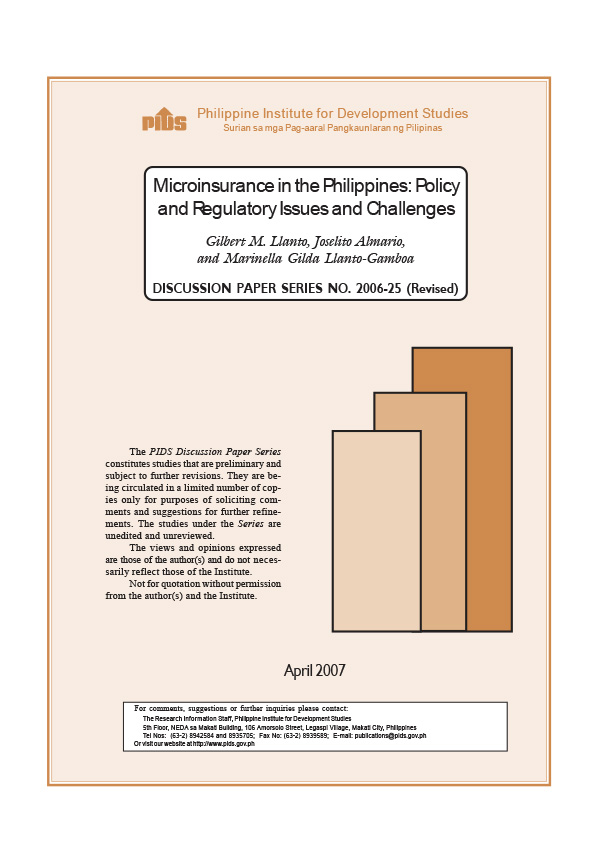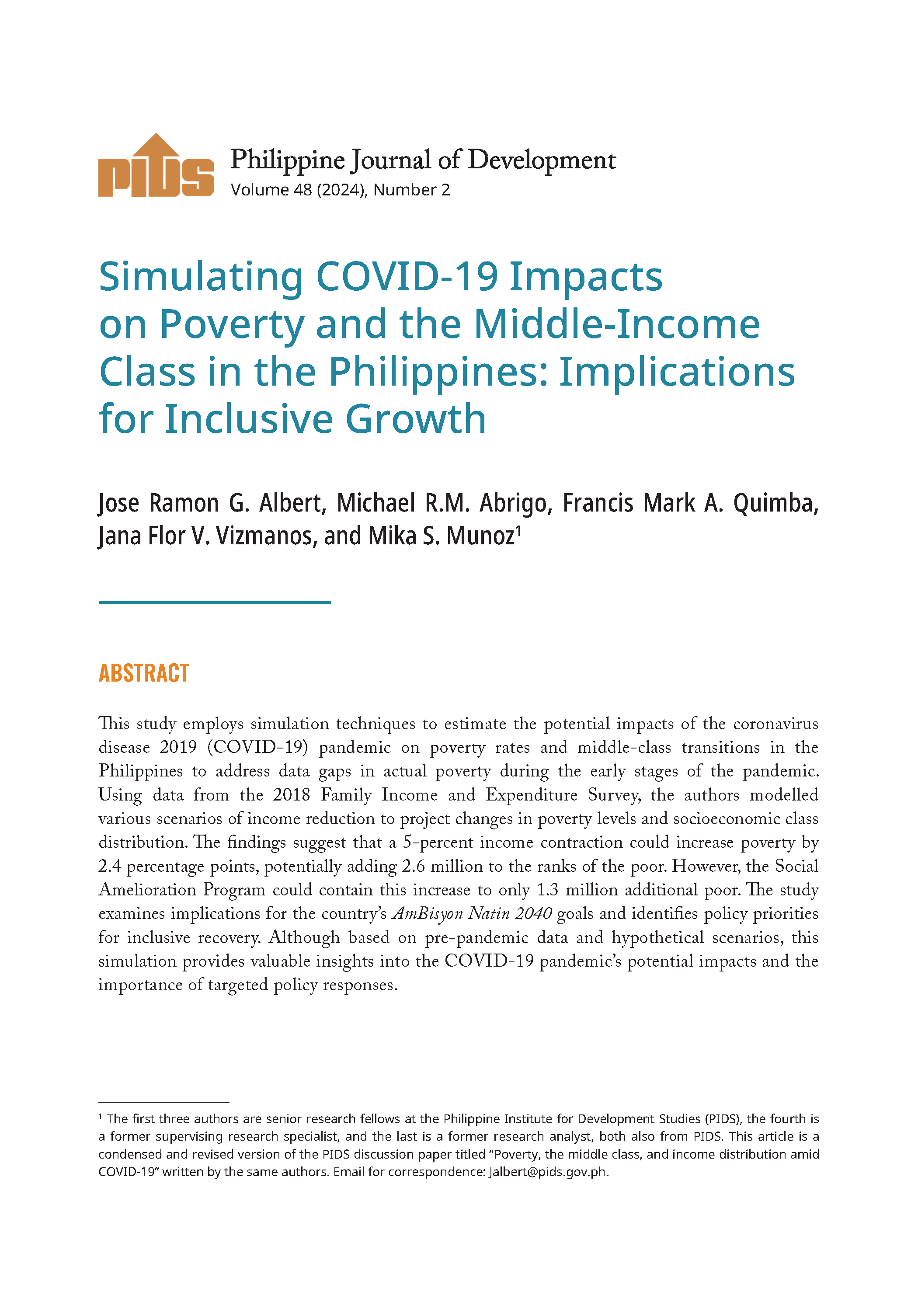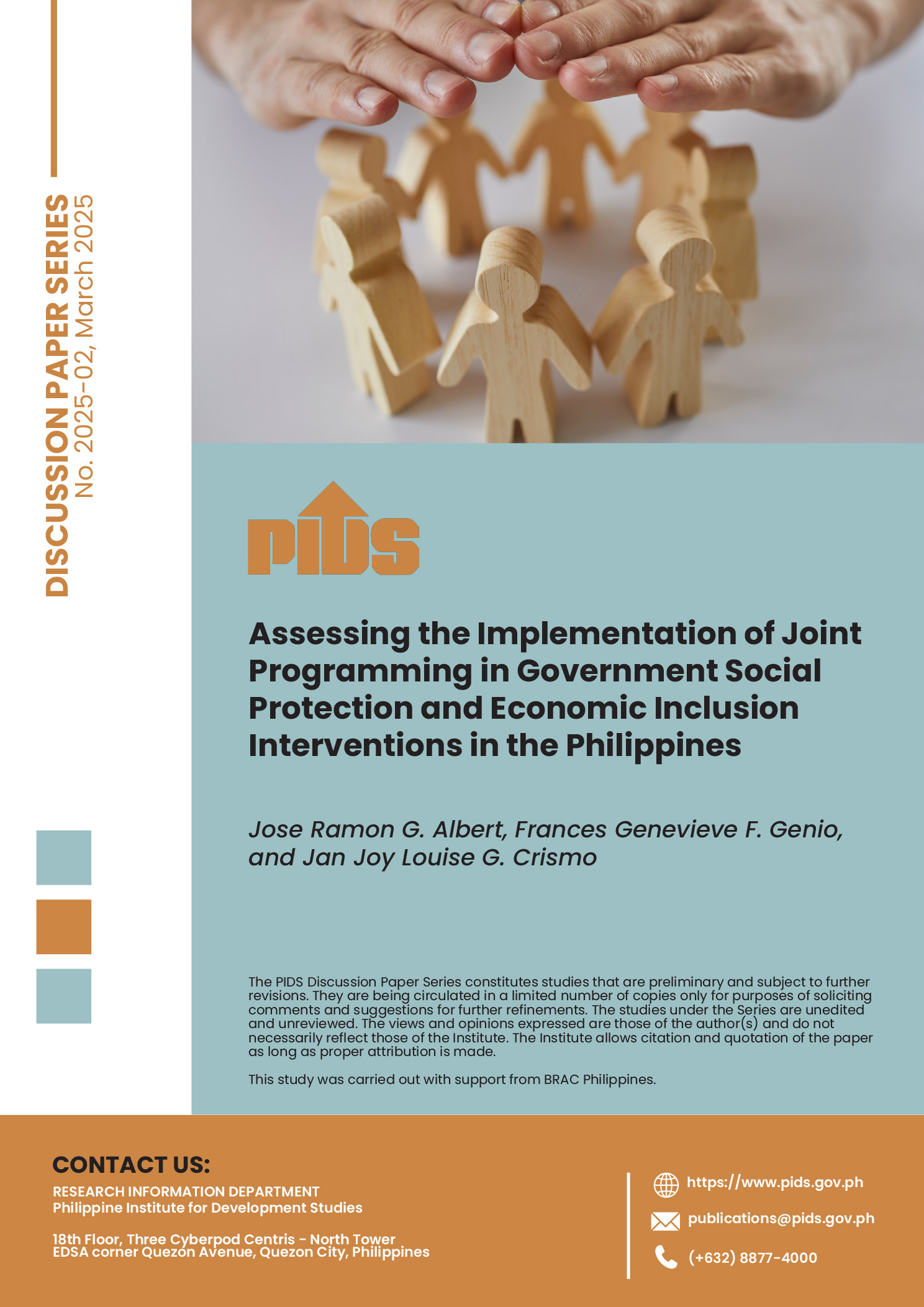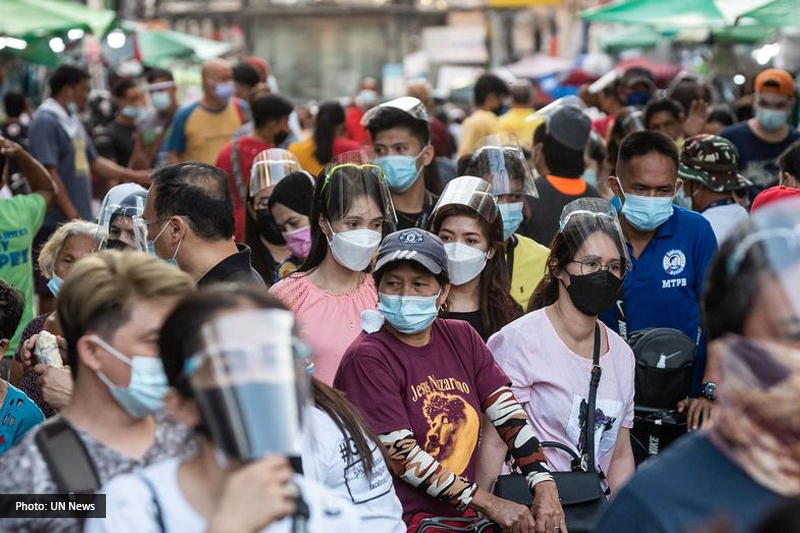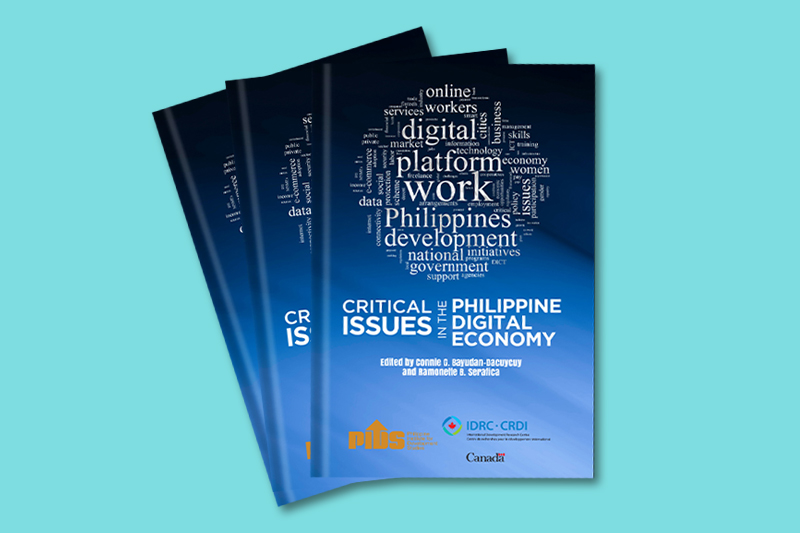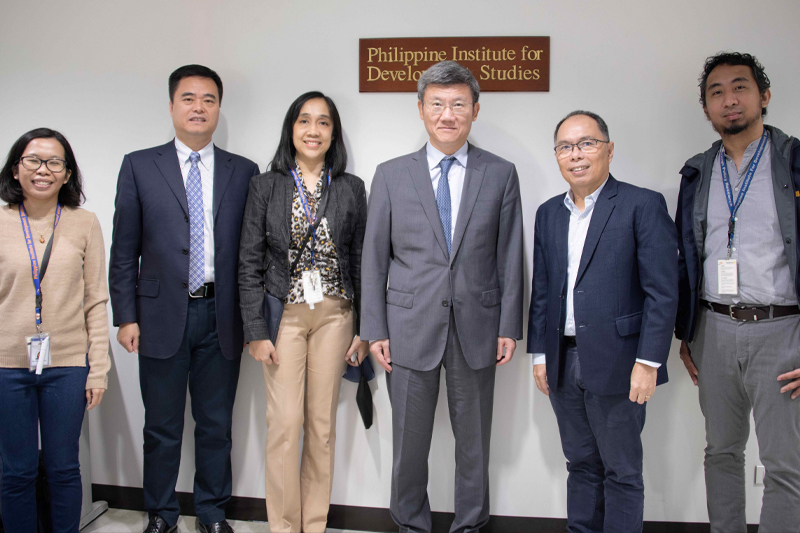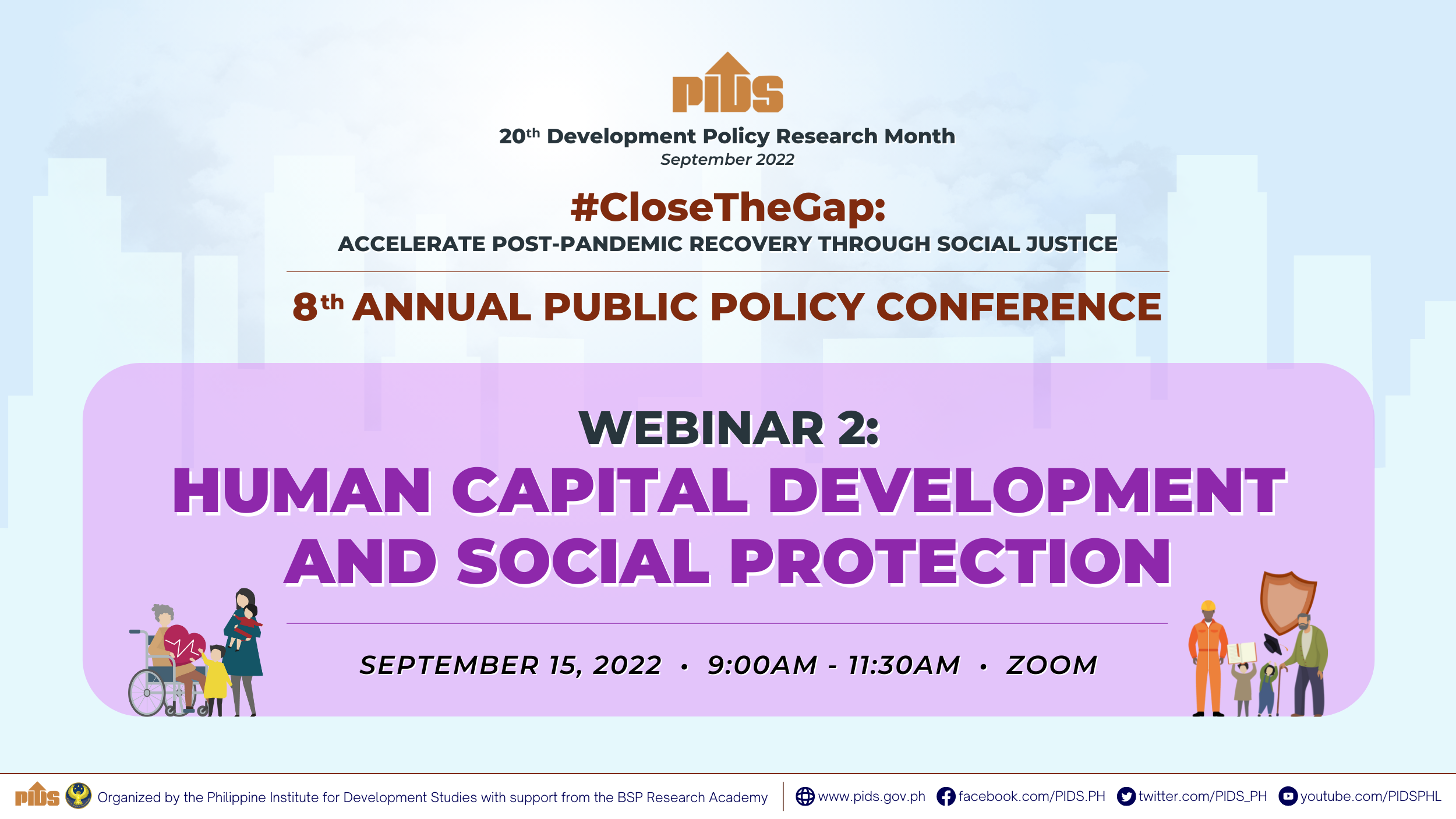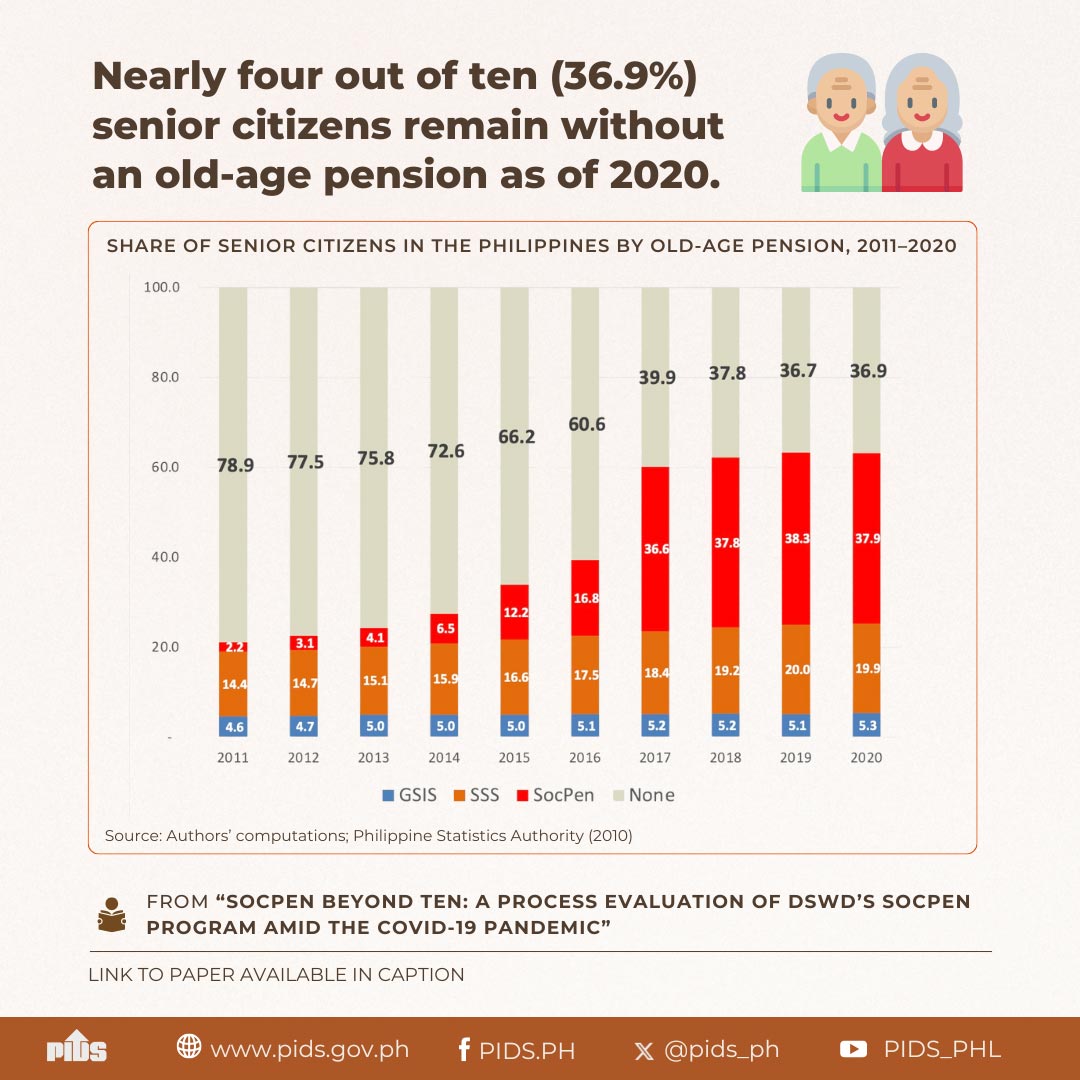This study assesses the state of microinsurance in the country, identifies the players and their performance, and the challenges facing microinsurance development. The term micro pertains to the capacity of a program to handle the small, sometime irregular cash flows of poor households, who have been excluded in the commercial insurance system for a variety of reasons. Microinsurance products, specifically designed with the poor in mind, will help mitigate risks and reduce the vulnerability of poor households. The most prominent forms of microinsurance are life insurance and health insurance (carried out as part of an overall health care package that links the health insurance to a health facility), which have been designed to be responsive to the need of poor households. The paper reports 17 players in the emerging microinsurance industry, consisting of 12 cooperatives, three NGOs/MFIs, and two transport associations that are offering home-made microinsurance. These “home-made” microinsurance products continue to be provided despite their actuarial weaknesses and lack of financial capacity of the providers because of very strong demand from their membership for such financial products. Given their advantages over commercial insurance companies, the mutual benefit associations (MBAs) are the usual vehicles of microinsurance programs. In 2004, 18 MBAs were registered with the Insurance Commission (IC) with accumulated assets of PhP14.8 billion. Members equity totaled PhP4.25 billion. The paper calls attention to the institutional, policy and regulatory issues and challenges facing microinsurance.

